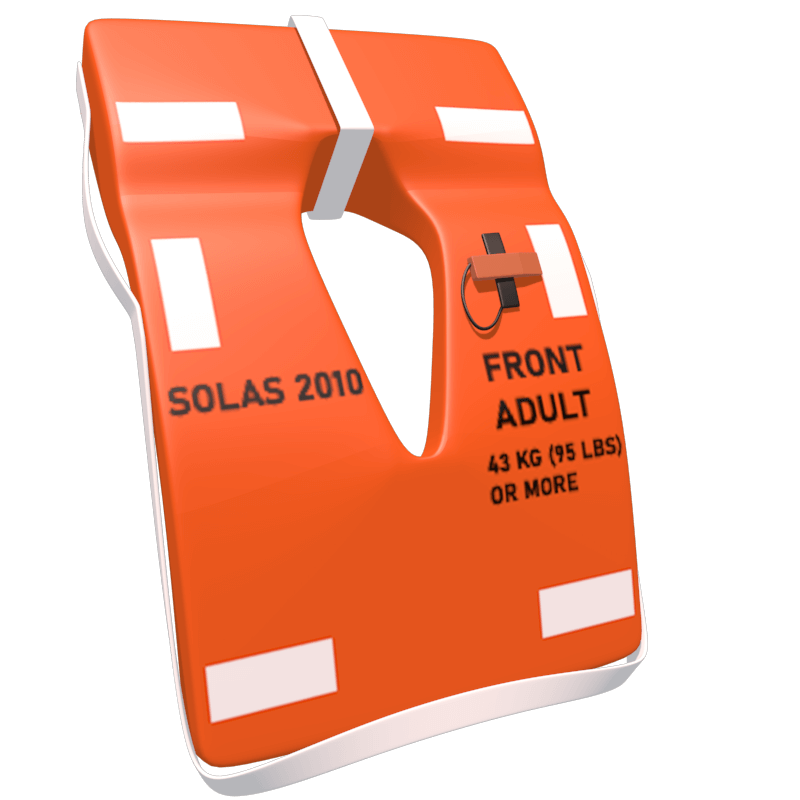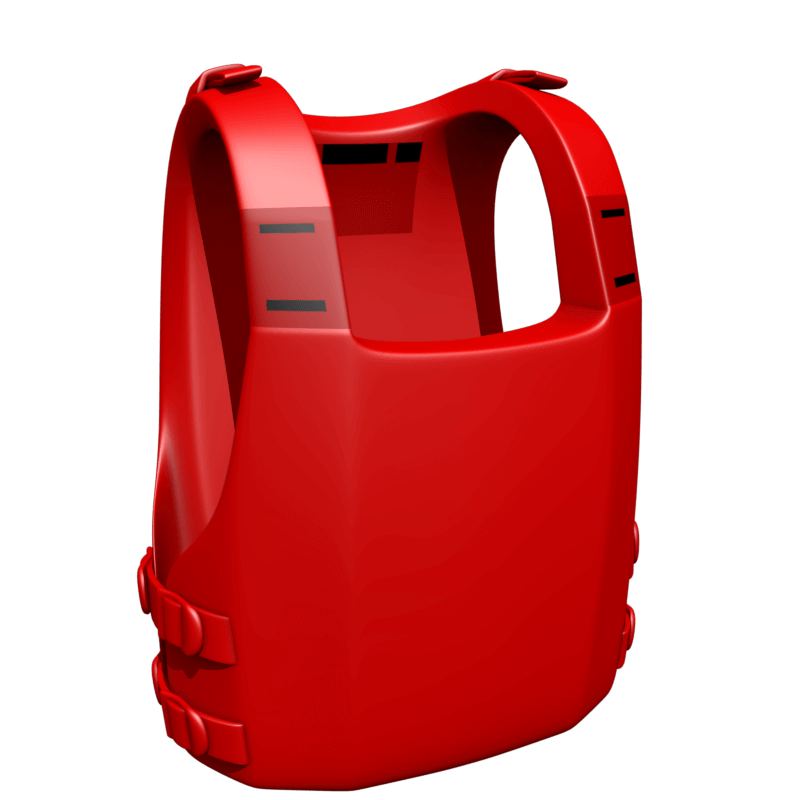Life Jacket vs PFD
Both Personal Flotation Devices (PFDs) and life jackets are designed to keep people afloat in water, but they differ in design, purpose, buoyancy, and level of safety. Understanding these differences is essential for every boater, swimmer, and water enthusiast. Choosing the right type of flotation equipment can make a significant difference in an emergency situation.
Purpose and Design
A life jacket is primarily designed to save lives in emergencies by keeping an unconscious person’s head above water. It provides greater buoyancy and is engineered to turn most wearers face-up, even if they are unable to swim or are unconscious. Life jackets are typically bulkier and more noticeable, often bright orange or red for high visibility. They are mandatory on many commercial vessels and are strongly recommended for children and non-swimmers.

A PFD (Personal Flotation Device), on the other hand, is designed more for comfort and continuous wear during recreational activities such as boating, kayaking, fishing, or water sports. PFDs provide flotation assistance but may not turn an unconscious person face-up. They are less bulky, come in various styles (vests, belts, or inflatable designs), and allow for greater freedom of movement. PFDs encourage regular wear, which increases safety during unexpected falls overboard.

Buoyancy and Performance
Life jackets offer higher buoyancy than most PFDs, typically ranging from 15.5 to 22 pounds (70–100 newtons) of lift, depending on the model and approval type. Their foam or inflatable design helps keep the user’s airway clear of the water surface. They are ideal for rough seas, offshore boating, or emergencies where rescue may take time.

PFDs generally provide less buoyancy, usually around 15.5 pounds (70 newtons), which is enough to help a conscious person stay afloat but may not be sufficient to roll an unconscious person face-up. They are better suited for calm inland waters where rescue is quick and conditions are predictable. Because of their comfort and design, PFDs are preferred for long-term wear and active recreation.

Comfort and Usage
Comfort is one of the biggest differences between the two. Life jackets are bulkier and can restrict movement, which is why they’re not usually worn continuously unless in dangerous waters or by non-swimmers.

PFDs, with their streamlined design, allow for greater mobility and comfort, making them ideal for paddling, sailing, or fishing.
Modern inflatable PFDs have improved dramatically—they’re lightweight and unobtrusive until inflated, at which point they provide buoyancy similar to a life jacket. However, these inflatables require maintenance and may not be suitable for children or weak swimmers.

Should I wear a PFD or a life jacket on my boat?
For Most Recreational Boating (Calm Inland Waters)
If you’re boating on lakes, rivers, or calm coastal waters where help is nearby, a PFD is usually the best choice.
-
Why: PFDs are comfortable, lightweight, and designed for continuous wear during activities like fishing, cruising, or paddling.
-
Examples: Type III or inflatable Type V PFDs are common for pleasure craft under 20 m (65 ft).
-
Note: A PFD will help you stay afloat, but may not turn you face-up if you’re unconscious.
For Offshore or Rough Conditions
If you’re going offshore, on large bodies of water, or in rough seas, a life jacket is the safer option.
-
Why: Life jackets (especially Type I or II) offer greater buoyancy and are designed to turn an unconscious person face-up, keeping the airway above water.
-
Best for: Ocean boating, night navigation, cold water, or long-distance trips where rescue could be delayed.